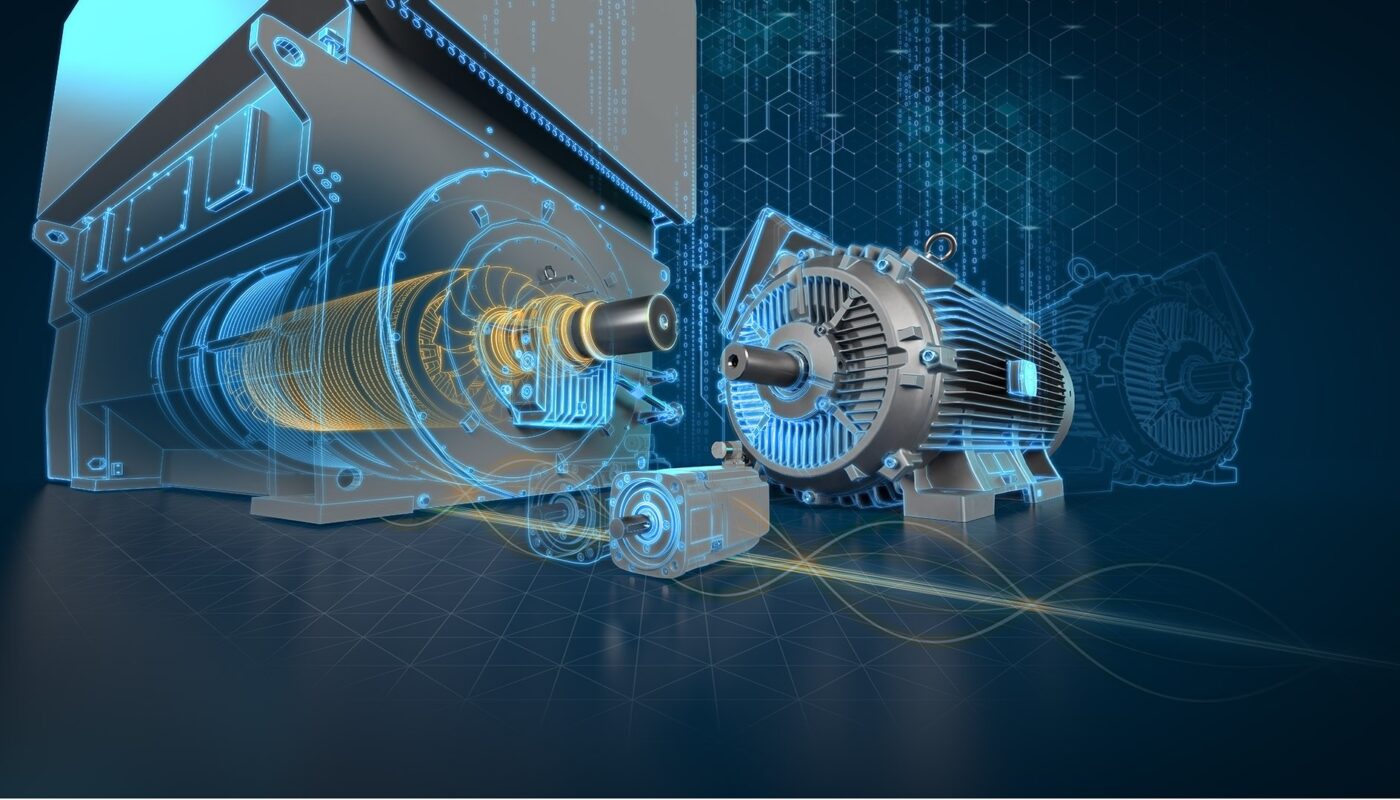Industrial motors play a crucial role in powering various industrial processes and machinery. From large conveyor belts in factories to pumps and compressors, industrial motors are at the heart of operations across manufacturing industries. In this article, we will discuss the types of industrial motors commonly used, their applications, key features, and maintenance.
Types of Industrial Motors
There are various types of industrial motors suited for different applications based on their design, size, and power requirements. Some of the most commonly used industrial motors are:
AC Motors
Alternating Current (AC) motors are the most popular type of industrial motors due to their simplicity, reliability, and cost-effectiveness. They can operate on single or three-phase power supplies. There are various types of AC motors including induction motors, synchronous motors, servo motors, and gearmotors.
Induction motors are the most widely used AC motors due to their rugged construction and ability to run on AC power directly without the need for converters. They are preferred for uses such as conveyor belts, production machinery, centrifugal pumps, fans, and compressors.
DC Motors
Direct Current (DC) motors require stabilized voltage which makes them more expensive compared to AC motors. However, they offer features like speed and torque control which make them ideal for motion control applications that require precise speed regulation. Common examples include elevator motors, crane motors, and packaging machinery.
Servo Motors
Servo motors are a specialized type of DC motor that uses feedback control to achieve precise speed and position control. They have applications in automation equipment used in manufacturing such as robots, CNC machines, and 3D printers.
Stepper Motors
Stepper motors move in discrete rotational steps making them well-suited for applications that require precise positioning accuracy such as pick-and-place machines, printers, and medical devices. They operate on digital pulse trains and do not require feedback for operation.
Applications of Industrial Motors
Given their versatility, Industrial Motors are used across industries in a wide range of machinery and equipment. Here are some of their major applications:
Material Handling Equipment
Motors power conveyor belts, lifts, cranes, hoists, and other material handling equipment used in warehousing, distribution centers, and manufacturing facilities.
Machine Tools
CNC machines, lathes, milling machines, drilling machines, and other metalworking tools employ motors for automatic operation.
Pumping Systems
Centrifugal pumps, positive displacement pumps, and other pumping systems used in industries like oil & gas, power, water, and chemicals rely on motor drives.
HVAC Systems
Motors are an integral part of HVAC equipment like fans, blowers, compressors, and chillers used for industrial ventilation and climate control.
Packaging Machinery
Motors power filling machines, labeling machines, wrapping machines, and other packaging line equipment used across industries.
Transitioning to Premium Efficiency Motors
With growing environmental concerns and rising energy costs, industries are increasingly adopting premium efficiency motors that can significantly reduce operating expenses. Premium efficiency motors referred to as energy efficient electric motors (EEM) or high-efficiency electric motors (HEM) provide superior part load efficiency compared to standard efficiency motors.
Some of the key benefits of premium efficiency industrial motors include:
– Lower energy consumption – They can reduce motor energy use by up to 45% compared to standard motors.
– Reduced operating costs – Savings from lower kWh consumption outweigh the slightly higher initial costs of EEMs. Payback periods are typically 1-3 years.
– Reduced carbon footprint – By conserving energy, EEMs help lower greenhouse gas emissions from fossil fuel power plants.
– Tax incentives – Many governments provide rebates and tax credits to promote adoption of EEM technologies.
– Improved process efficiency – EEMs maintain or increase output while using less energy per unit of work done.
– Less downtime – Premium motors have longer operational lifetimes with lower maintenance requirements.
While the upfront costs are marginally higher than standard motors, premium efficiency models deliver multiple paybacks through energy savings over the long run making them an attractive choice for industrial use. All leading motor manufacturers now offer an EEM product range.
Motor Maintenance and Reliability
Regular maintenance is essential to maximize the service life and reliability of industrial motors. Some best practices include:
– Periodic cleaning to remove dust buildup which can cause overheating.
– Inspecting lubrication levels and re-lubricating bearing assemblies as per schedules.
– Checking voltage levels and power quality for proper motor function.
– Thermography checks to detect abnormalities indicating overloading or insulation issues.
– Replacing worn components and expired seals/gaskets during scheduled downtimes.
– Monitoring vibration and noise levels as part of predictive maintenance strategies.
Proper maintenance coupled with energy efficiency upgrades can deliver significant cost savings through trouble-free operations and longevity of industrial motors over their service life.
Conclusions
As the workhorses of industry, industrial motors will continue playing a critical role in enabling various manufacturing processes and operations through mechanization and automation. With the advent of technologies like digitalization and IoT, newer smart motor concepts are also emerging. Regardless, steady improvements in efficiency, reliability, and total cost of ownership will keep industrial motors at the center of industry’s drive for higher productivity, reduced environmental impact, and maximized profitability.
*Note:
1. Source: Coherent Market Insights, Public sources, Desk research
2. We have leveraged AI tools to mine information and compile it.



